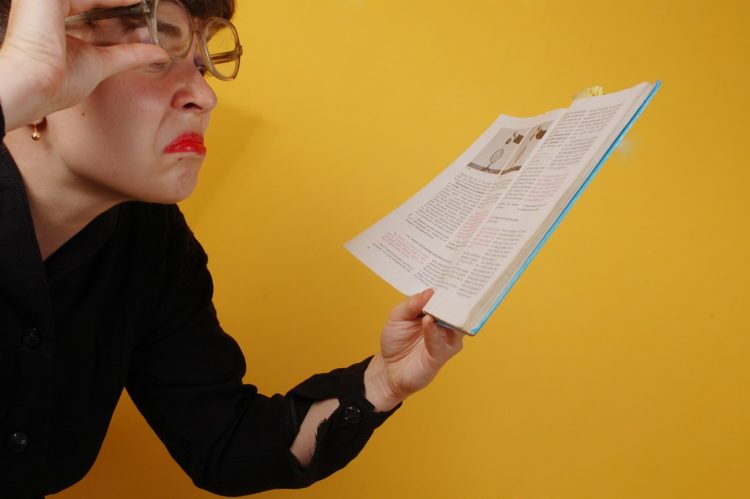<p>“<a href="https://www.youtube.com/watch?v=qLgr_4iQ7hY" title="On the Internet, no one knows you are a dog">On the Internet, no one knows you are a dog</a>” This is a <a href="https://knowyourmeme.com/memes/on-the-internet-nobody-knows-youre-a-dog" title="meme">meme</a> about the anonymity that the internet accords to its users. It was made famous by a Peter Steiner cartoon with the same caption published on the New Yorker in 1993 – during the early days of the Internet. It was later used as the cover illustration in the book “<a href="https://books.google.com.hk/books/about/Authentication.html?id=TSF-OX3cq3wC&redir_esc=y" title="From passwords to public keys">Authentication: From Passwords to Public Keys</a>” by Richard E. Smith in 2002.</p>
<p>Seventeen years ago the Internet remains a platform for people to share views anonymously if they so wish. At least there remain misinformed people who think that they can hide their identity on the Internet. The reality is that when a user goes into the Internet, a digital paper trail is created that when pieced together can tell us – who the person is, where they live, how old they are, their family tree, preferences, etc.</p>
<p>Rohinton Medhora from the Center for International Governance Innovation tells us what we give up when we go online without foreknowledge</p>
<p>[youtube https://www.youtube.com/watch?v=qLgr_4iQ7hY]</p>
<p>But abuse of this feature has become so rampant that technologies, regulation, and processes had to be created to require identifying and authentication who you say you are, in order to protect you as a user, and the organizations to which you are engaging online [and offline].</p>
<p>These days whenever we wish to conduct some business with an institution online for whatever purpose, processes are set into motion to authenticate our identity by asking us to confirm something about us, followed by a password either issued in advance or created on the stop [as a one-time password] to further authenticate our identity and our rights as regards to the website we are trying to enter.</p>
<p>While the purpose of KYC or <a href="https://www.ffiec.gov/bsa_aml_infobase/pages_manual/olm_011.htm" title="Know your customer">Know Your Customer</a> has remained unchanged since it was created in 1970 as part of the U.S. Bank Secrecy Act of 1970 – to counter money laundering, it is acknowledged to be unaligned to how businesses move in the digital economy. Existing KYC processes are cumbersome and expensive to execute.</p>
<p>More important, efforts to authenticate users – be it through one-time password (OTP) or use of multi-factor authentication may not be sufficient as the cybercriminals are using multiple techniques to circumvent KYC controls.</p>
<p>“eKYC tries to enhance the authentication process. Banks today use a combination of data points derived from multiple technologies to fulfill the KYC requirement at the point of need,” said Tan Bin Ru, ceo, OneConnect Financial Technology. However, given that technologies, including those used by cybercriminals, continue to evolve, current techniques and processes may not be sufficient.</p>
<p>In describing eKYC Plus, Tan acknowledges that efforts to authenticate must take advantage of technology innovation. She describes eKYC Plus as an effort to expand the layers of authentication to include not only the card and facial recognition, but now voice.</p>
<p>For now, she acknowledges that innovations around eKYC are still in either proof of concept mode or operating in very limited mode via regulatory sandboxes. She believes it will also take longer to commercially deploy as the wider use of eKYC will include people, technologies and regulations – all evolving in different, sometimes unaligned, stages in the region.</p>
<p>Watch this exclusive video interview with Tan, as she explains the evolving eKYC landscape, the challenges and opportunities for the financial services industries in the region.</p>
<ul>
<li>The need for eKYC: 0:05-2:58</li>
<li>Processes that need to be amended to support eKYC: 2:59-3:43</li>
<li>Lessons learned from eKYC projects: 3:43-5:13</li>
<li>Outlook for eKYC in 2019: 5:13-5:47</li>
</ul>





